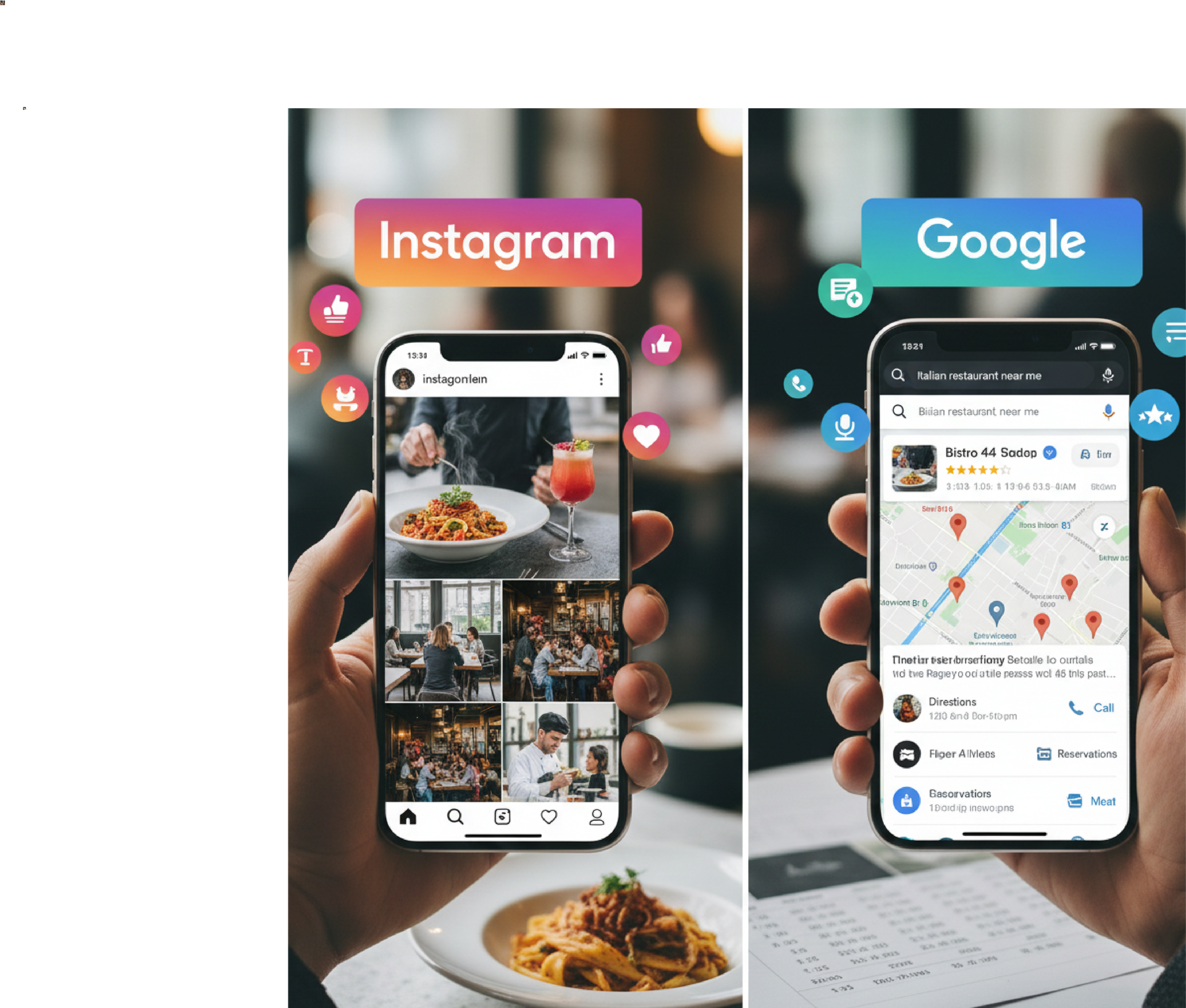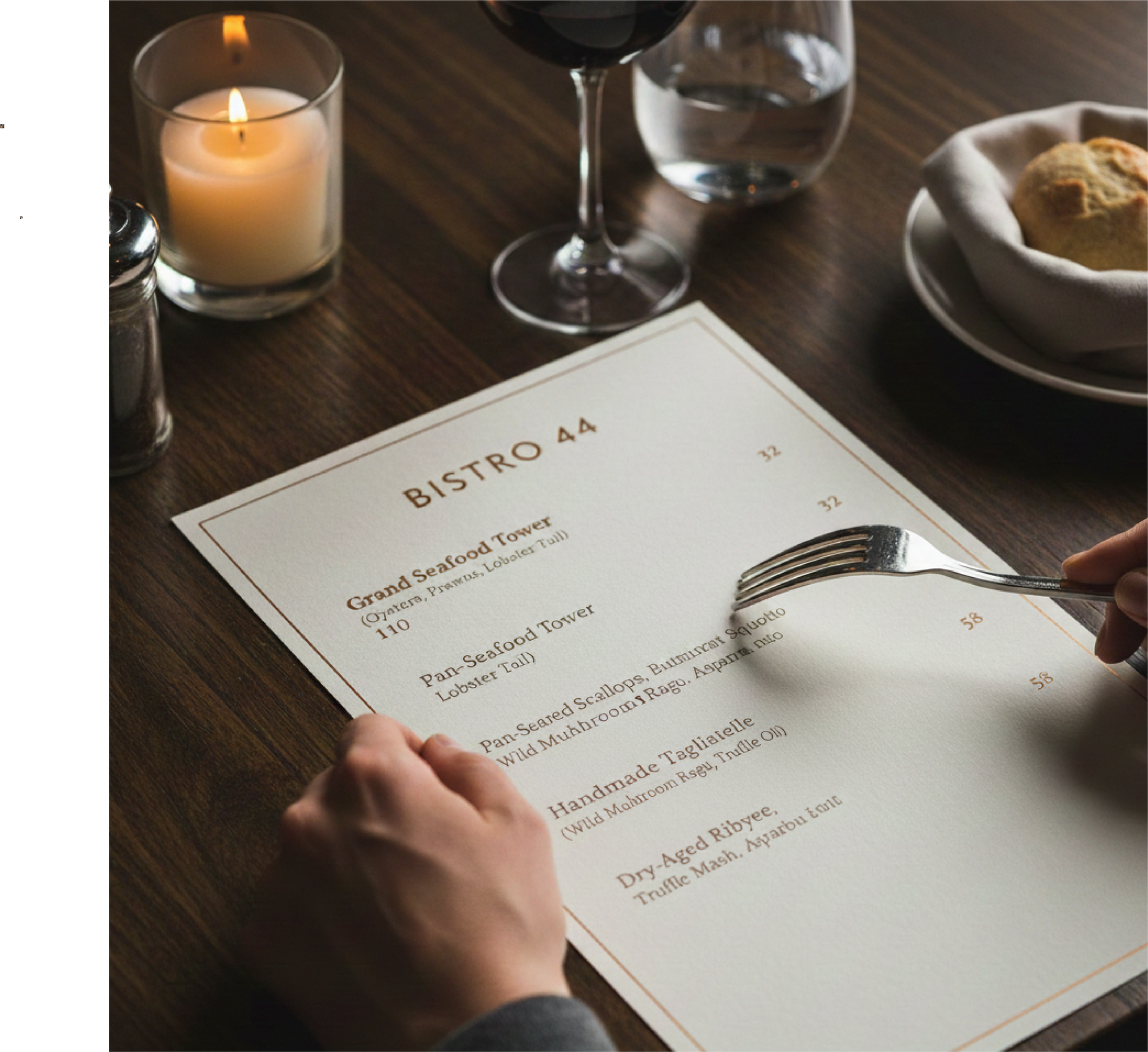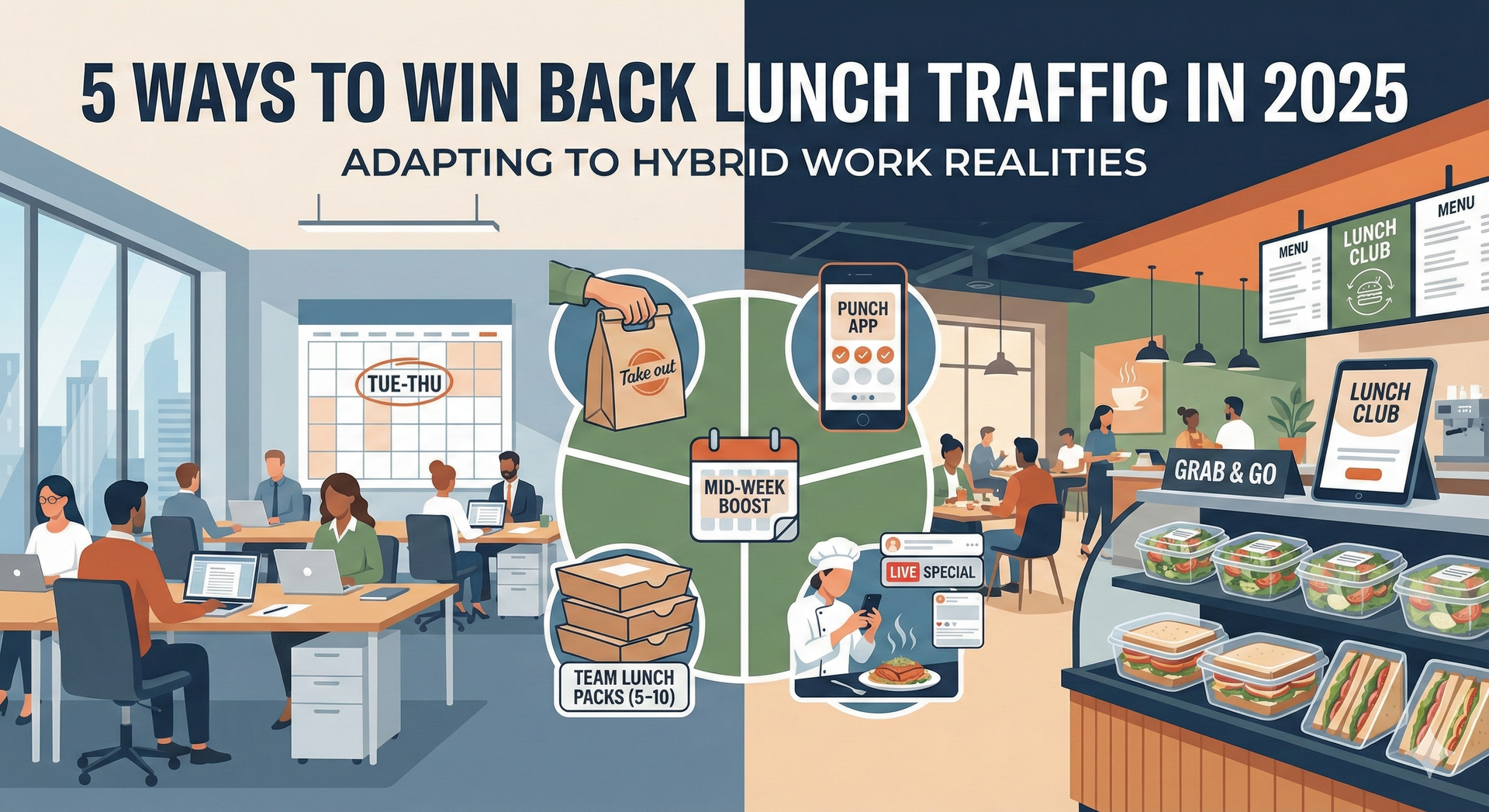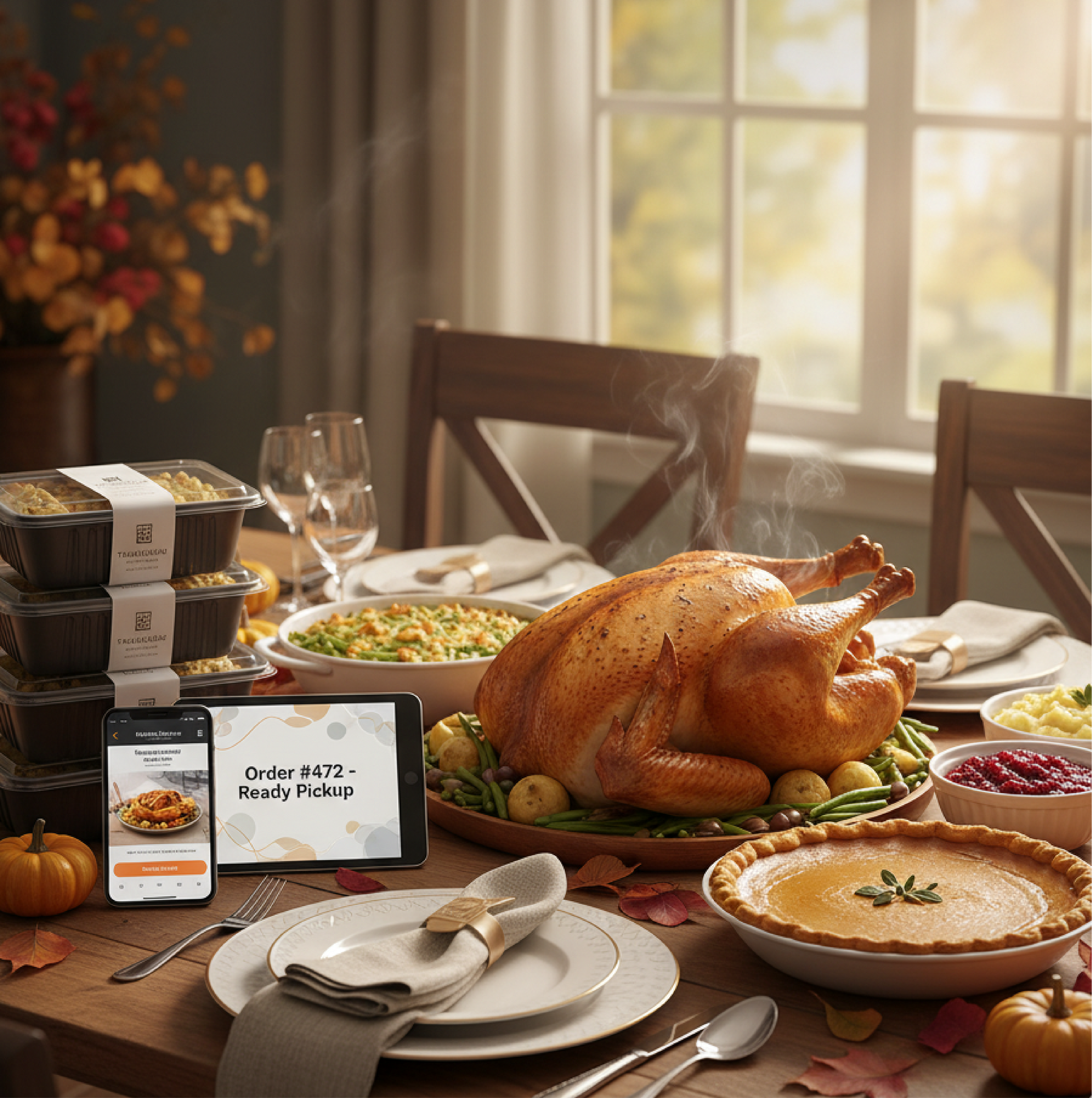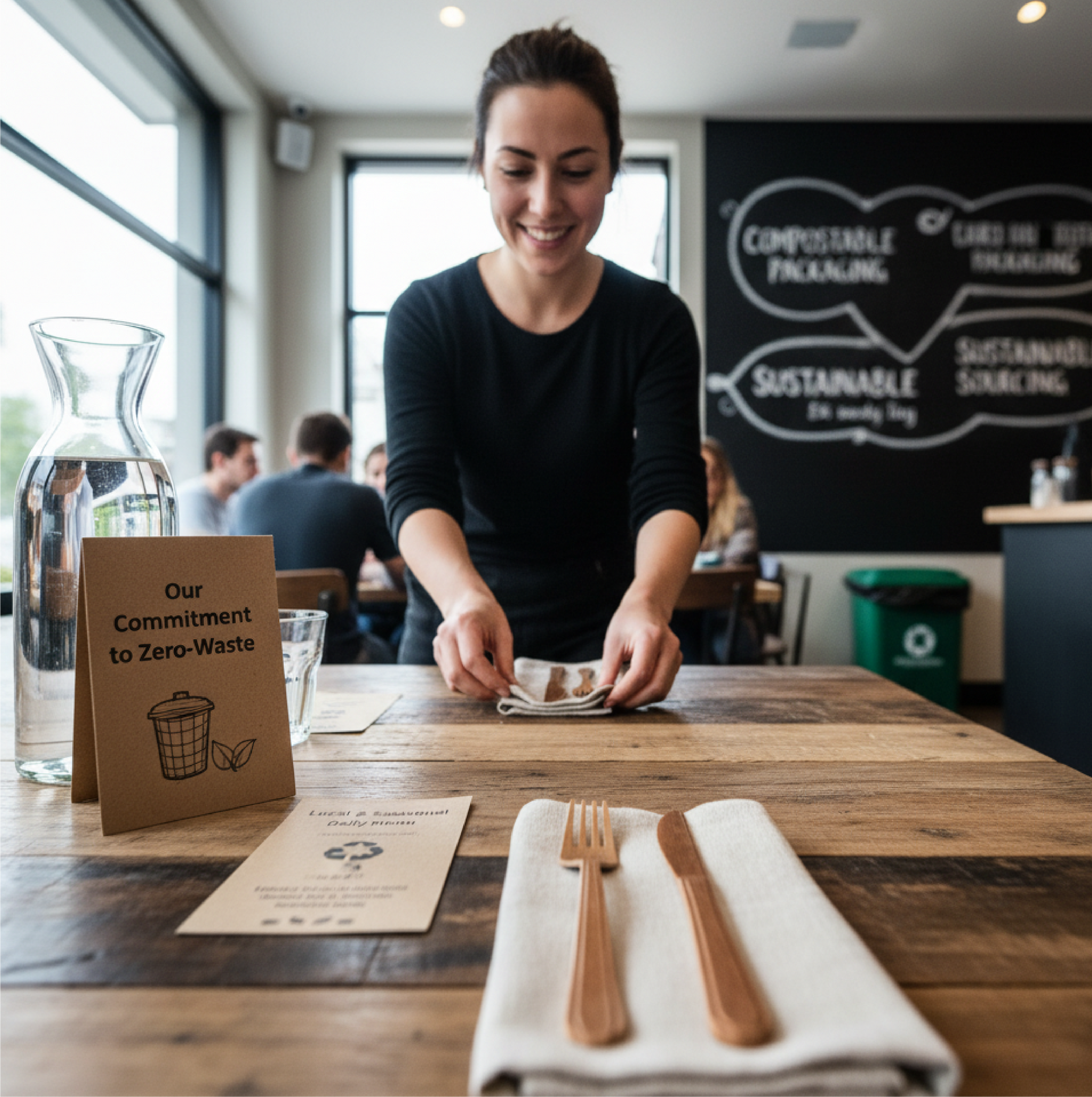Blog
Digital Training is Essential for Restaurant Employees
Why is digital training necessary?

Technological advances have been rapidly transforming in the past few years. As more companies transition to being fully remote or transitioning into hybrid workplaces, advances in AI, machine learning, and cybersecurity continue to transform the workplace. However, the problem with the rapid technological advances is that people have not been able to catch up to the most recent updates.
Although even with the rapid technological advances that seem challenging to keep up with, employers need to keep themselves up to date and, most notably, their employees up to date with these changes. Therefore, adapting digital training should significantly improve many employees' training experiences and strengthen their digital skills.
Why is digital training necessary?
According to Forbes, digital adoption platforms are easier to personalize and provide automated training tools specifically tailored to the user depending on their job roles. 1
Moreover, according to Forbes , digital adoption platforms may include walk-throughs and provide visuals to the employees on the best way to perform their tasks. "DAPs also make it easy for employers to track learning progress. All of the data working together to improve the overall workflow." 2
Digital training can improve productivity in restaurants and other workplace environments as well. According to Eleni Zoe from efront, productivity is one of the top benefits of digital transformation and training due to the proper use of digital systems, making a business more efficient. 3
Most workers now have only been around technology all their lives. Therefore, incorporating digital training will help them retain what they are learning and increase their engagement in the workplace.
In fact, with more companies competing closely at a global level, digital workforce training gives businesses better leverage in their competitive advantage. 4
The most important digital skills to have
According to efront, research has found that "11.3 million people lack the full suite of basic digital skills, and 10% of employees have no basic digital skills at all." 5 Therefore, it's important to push out the importance of digital training to have a successful business.
First, employees must know how to set up the devices in their restaurants. Basic setups include connecting to Wi-Fi, learning how to turn the device on and off, and how to connect to Bluetooth or other devices if necessary.
Teaching employees how to manage the basics of cybersecurity is vital to keeping business data safe and personal staff information. These risks include viruses, unsecured sites, phishing, and more.
In addition, with POS systems such as Square, employees need to be trained on how to navigate their business's specific POS system. This is because they will be the ones to handle the payments, surveys, signing forms, etc.
Digital training in restaurants
Traditionally, restaurants have relied on paper-based training materials or hands-on learning for servers and bartenders. However, Neyrey from QSR has said that paper-based or verbal-based learning isn't efficient because every team member won't receive or process the message the same way. 6
"Today's learners engage more with gamification and online and digital tools than paper—they even read books on tablets rather than on paper. It's important to embrace technology now and to think of training and development differently." 7
Neyrey also suggests for restaurants adapt to new training models such as learning management software (LMS). Depending on the need of the restaurant, LMS can help restaurants personalize training videos and put training modules together. 8
These LMS systems also help restaurant managers put together creative and interactive quizzes for their employees to complete during their training process. This training method fits into today's digital learning style and helps keep new trainees engaged.
Types of digital training platforms
Wisetail
Wisetail is an LMS that provides formal L&D, training, tracking, and management capabilities. According to Wisetail, these management capabilities help reduce onboarding time, support rapid growth, cultivate company culture, and ensure consistency. 9
Wisetail also provides many solutions based on the restaurant's needs, such as employee training, talent development, remote work for restaurant managers and owners, sales partners, etc.
Wisetail has been used by Jamba Juice, Krispy Kreme, Chopt, and more. According to Jamba's success story provided on Wisetail's website, Wisetail had helped Jamba achieve a 40% reduction in training time from five to three weeks. 10
TalentLMS
TalentLMS provides onboarding training, compliance training, customer training, partner training, sales training, etc. This company offers solutions for many industries, including food and beverage.
Some known restaurants that have used or are currently using TalentLMS to train their employees are Panera Bread, Hello Fresh, Takeaway.com, and Deliveroo.
TalentLMS does not allow employees to slack off during their training and pushes them to be more knowledgeable in areas such as food safety. TalentLMS states on its website, "Create and administer tests, quizzes, and assignments to see if your teams know their stuff, or if they need a refresher on critical topics like hygiene, foodborne illness, cross-contamination, and more." 11
As menu items change or recent updates to safety regulations, keeping employees updated on further information is critical to restaurant success. TalentLMS allows restaurants to create courses for these purposes or edit existing ones.
Waitrainer
Waitrainer focuses more on the food and beverage industry than its competitors listed above. Waitrainer allows restaurants to choose the content that best fits the restaurant's needs and its employees.
Waitrainer provides training templates tailored to serving, bartending, cooking, etc. Waitrainer also provides tools for restaurant managers to use when handling new-hire paperwork, onboarding processes, food handler permits, and more. 12
Goliath Consulting Group is a restaurant consultancy group based in Atlanta, Georgia. For more information on our services, visit http://www.goliathconsulting.com or email us at getresults@goliathconsulting.com
